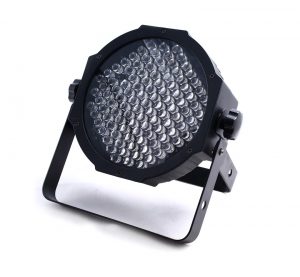
Are you still using your incandescent lighting at your home or business? While inexpensive and readily available, incandescent bulbs are gradually being phased out in favor of light-emitting diode (LED) bulbs. Even with their newfound popularity, though, some people are reluctant to make the switch. If you’re still skeptical of LED lighting, check out the five following benefits listed below.
#1) Lower Energy Consumption
LED lighting is incredibly energy efficient. While energy consumption varies, a typical LED bulb consumes about 90% less energy than an incandescent bulb of the same size. For business owners and consumers searching for energy-efficient lighting, there’s no substitution for LED.
#2) Lower Operational Costs
The price of LED lighting is somewhat deceiving. Although LED bulbs generally cost more than incandescent bulbs, they typically have lower operational costs because of their energy-efficient qualities. You probably won’t notice any immediate difference in operational costs after switching from incandescent to LED lighting. over the course of several months to a year, though, the savings will add up, allowing you to save money on your personal or business’s lighting expenses.
#3) Less Heat
A benefit of LED lighting that’s often overlooked is its low temperature during operation. Incandescent bulbs produce a significant amount of heat. After all, incandescent bulbs work by sending electricity through a wire filament, thus heating up the filament to produce illumination. LEDs work in a completely different manner, however. LEDs rely on semiconductors and electroluminescence to produce illumination, so they generally produce little or no heat.
#4) Instant Operation
It’s also worth mentioning that LED bulbs operate instantly when turned on. What does this mean exactly? With incandescent bulbs, there’s a window during which the bulb must heat up. In other words, it won’t reach full brightness when you flip the switch or press the button. LEDs, on the other hand, produce 100% illumination immediately after you flip the switch or press the button.
#5) Long-Lasting
To say LED bulbs last a long time would be an understatement. It’s not uncommon for LED bulbs to last for over 50,000 hours, all while producing a substantial amount of illumination in their respective environment. To put that number into perspective, a 60-watt incandescent bulb has an average lifespan of about 1,000 hours, meaning LEDs last about 50 times longer than their incandescent counterparts. Considering that LEDs are also more energy efficient, produce less heat and offer instant operation, it shouldn’t come as a surprise to learn that they are slowly taking over the consumer and industrial lighting markets.
